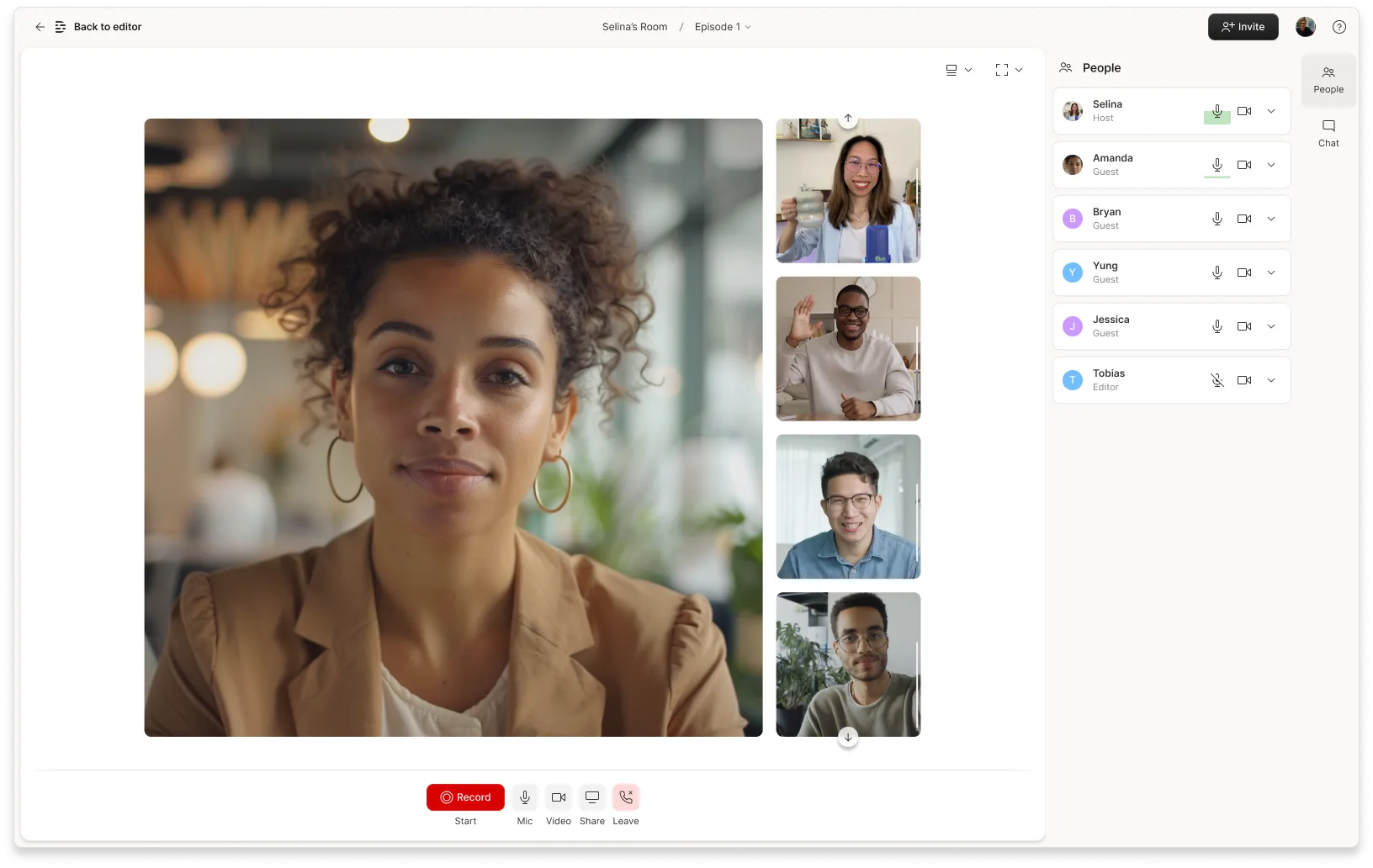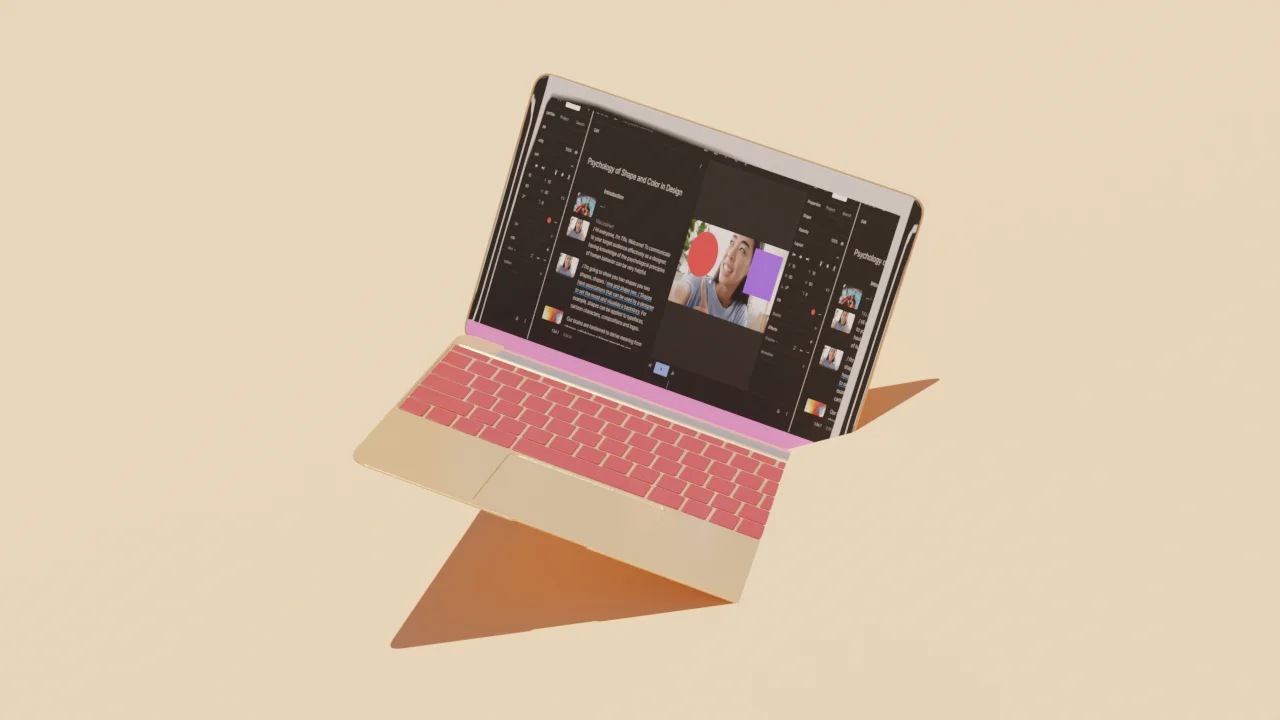So you’re producing a video and you’re pretty sure you need some B-roll, but you’re not exactly sure what kind, or how to get it. You’re in the right place: this article will explain exactly how to think about sourcing B-roll, and — importantly — what not to do if you want to really enhance your project with supplemental footage.
What is B-roll?
B-roll describes the footage in between the action. It’s the supplemental footage that is intercut with the main shots of a video or film. Things like: close-up details of hands or objects, atmospheric scene-setting shots, photo inserts…whatever will help set a scene or support a narrative. We have a more comprehensive list of examples in our article about using B-roll footage.
The term “B-roll” originates from a problem encountered with narrow 16mm film, which during playback, revealed splices — in other words, the places where editors cut the tape — as flaws in the picture. Filmmakers solved the problem by introducing a black leader (a section of black tape) to hide the splice and play a secondary reel or “roll” during those sections. When shots were assembled, the odd-numbered shots lived on the “A-roll” and the even-numbered shots on the “B-roll”. It was only through fixing this problem that footage began being organized into primary and secondary footage, AKA, A-roll and B-roll.

Any skilled filmmaker will employ B-roll to improve the aesthetic of their video. But in addition to being visually captivating, B-roll is also very practical: Filmmakers can still use B-roll to cover up cuts or mistakes, even in our mostly digital age.
Whatever the purpose, it’s important to get B-roll right. Here are some fundamental guidelines to consider — a set of do’s and don’ts to help you on your B-roll gathering journey.
B-roll rules of thumb: The dos
Do collect B-roll.
Yes, this is basic, but it’s amazing how many films get made without B-roll that are screaming for B-roll. And I get it, it’s a lot to shoot. It’s a lot to think about. It takes a lot of time. But that's filmmaking. In my opinion, when you choose to not shoot B-roll, you’re essentially choosing to make a half-finished film.
Do plan out your B-roll ahead of time.
I find it helpful to make a list of “must haves” and “nice to haves” when thinking about B-roll for a particular scene or interview. When it comes to shoot day, relying on memory and creativity is not a good idea, in my experience. But with a list, you can easily tick-off the “must haves”, tackle some of the “nice to haves”, and leave some brain space for those reactive, in-the-moment ideas.
Do ask your film subjects what footage they might have.
Sure, B-roll will mostly come from you, but it’s never a bad idea to ask your characters what footage they have that you could use. Things like old family photographs, maps, or social media footage works great depending on the context of the film.
Do shoot for longer than you think you’ll need.
As a general rule, shoot your B-roll clip for a minimum of 20 seconds for a five-minute film. It will feel like a long time, but it’ll allow you to extract the best, least shaky clip. And the longer you hold on, the more likely it is for some magic to happen in front of your camera.
Do shoot in sequences.
For each B-roll subject, shoot each of the four basic shots:
- Wide
- Medium
- Close-up
- Extreme close-up
Start wide and work your way in, shooting from different angles. This way, you’re telling a story with your shots. For example, check out the first minute of A Thousand More by MediaStorm, below. Almost the entire minute is led by B-roll that builds over time, starting with some wide shots of the town, and finishing with close-ups of the subject’s hands and shoes.
Do consider hiring someone specifically for B-roll.
The truth is, it’s a lot to think you can do everything all at the same time. You just can’t. So you either need to dedicate a chunk of time to B-roll — it could be the last hour or two of the day, or the following day (although bear in mind people tend to wear different clothes/hairstyles from one day to the next). But ideally, you’ll have a B-roll person who will work alongside you to collect throughout the day, freeing up your creative energy for the primary footage.
Do take pride in organizing your B-roll footage for post-production.
Without an organized B-roll library, finding the right shot to cut into your film becomes like trying to find a needle in a haystack. You need footage that your or your editor can quickly locate while keeping the creative juices flowing. I guarantee that a badly organized B-roll library will result in a film that won’t reach its full potential.

B-roll rules of thumb: The don’ts
Don’t overwhelm the main content.
Yes, B-roll is essential. (Hopefully you’ve got that by now.) But avoid overshadowing the primary content with a bunch of supplementary shots that detract from the main narrative. Every piece of B-roll should serve a purpose.
Don’t compromise on quality.
Yes, B-roll works wonders at hiding cuts and mistakes. But it shouldn’t be viewed as a band-aid. Every shot you cut into your film should enhance rather than detract from the viewer’s experience.
Don’t steal B-roll.
The internet is like the Wild West, but that doesn’t mean it’s okay to steal and repurpose whatever you find. You must always have permission from the original creator to use their content, or you must follow the fair use rule, and be able to prove you’re using copyrighted material to do commentary, a review, criticism, or a parody.
B-roll serves as a practical and creative asset in every filmmaker's toolbox. When used thoughtfully, B-roll has the power to elevate the narrative, aesthetic, and overall impact of your video.







































